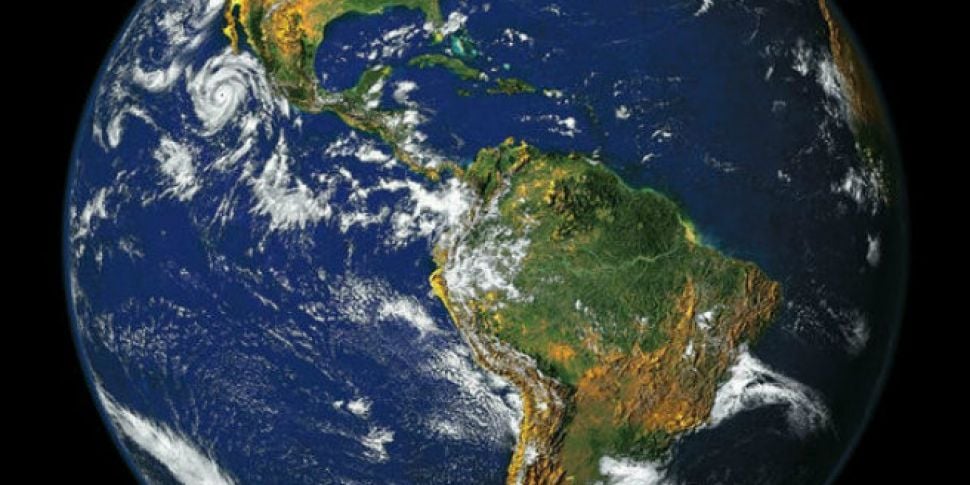Earth's "closest" twin may have been identified by NASA sceintists, but a visit is unlikely any time soon with one candidate 1,100 light years away.
The Kepler space mission has found eight new planets in the habitable zones around their stars.
Three or four of those are about the same size as Earth and are in the not-too-hot, not-too-cold "Goldilocks Zone" where liquid water is able to form, they said at the 225th meeting of the American Astronomical Society in Seattle.
The two most like Earth are likely to have rocky, hard surfaces - not gas giants or ice worlds - getting about the same heat from their star as we get from the sun.
"We are now closer than we have ever been to finding a twin for the Earth around another star," Fergal Mullally of the Kepler Science Office said.
"These candidates represent the closest analogs to the Earth's own system found to date."
The first, Kepler-438b, circles its star once every 35 days and has a diameter that is 12% bigger than Earth. It would probably be warmer than Earth.
The other, Kepler-442b, orbits its star once every 112 days, is about a third larger than Earth, but gets only two-thirds of the energy our planet does.
Although the two planets may be closest to Earth in size and temperature in the gargantuan scale of the universe, they are not close in distance - being 500 and 1,100 light years away, with a light year measuring 5.9 trillion miles.
"We don't know for sure whether any of the planets in our sample are truly habitable," David Kipping of the Harvard-Smithsonian Center for Astrophysics said.
"All we can say is that they're promising candidates."
Study co-author Guillermo Torres, an astronomer at the Harvard-Smithsonian Center for Astrophysics, said scientists could now be a little closer to answering the age-old question: are we alone?
"These planets do exist; we didn't know that before," Mr Torres said.
"What we're really looking for is signs of life eventually. We're not there yet. It will take many years but this is the first step."
The discovery is the latest from the planet-hunting mission which has scoured more than 150,000 stars for planets beyond our solar system since its launch in 2009.
Among the announcements made at the meeting was the discovery of the 1,000th confirmed planet outside the solar system.









